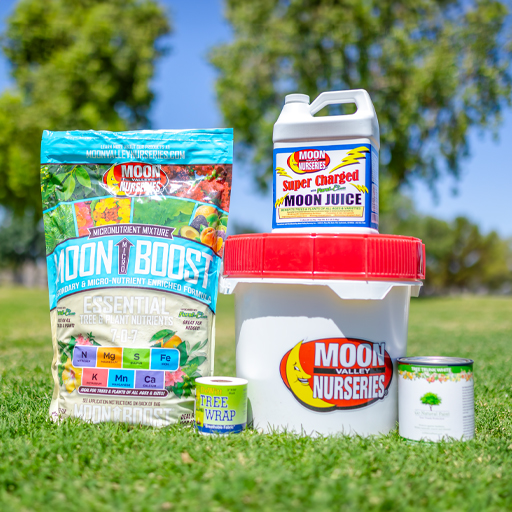Moon Valley Nurseries
What Is Sunscald?
As nature enthusiasts and homeowners, we value the beauty and benefits that trees bring to our surroundings. However, certain factors can disrupt the health and vigor of our beloved trees, including the dreaded sunscald. In this article, we will discuss what sunscald is, how it affects trees, and most importantly, how it can be prevented and treated at your home.
Sunscald, also known as sunburn, is a condition that primarily affects young, tender-barked trees. When tree bark is exposed to intense sunlight for extended periods, it can result in serious damage. This damage occurs due to the heat generated by direct sunlight, causing the tree's bark cells to overheat and ultimately die. Typically, sunscald appears on the south or southwest side of a tree, as these areas receive the most direct sunlight.
The effects of sunscald can be devastating. Initially, the bark may appear discolored, turning yellow or brown. Over time, cracking and peeling occur, leaving the tree vulnerable to disease, pests, and other environmental stressors. In severe cases, the tree's overall health deteriorates, leading to stunted growth, decreased vigor, and potentially death.
Preventing Sunscald On Your Trees
Prevention is always the optimal approach. To protect your trees from sunscald, there are several strategies to consider. Firstly, proper tree selection and planting location are critical. Opt for trees that are suitable for your climate and area, as some species are more resistant to sunscald. Additionally, assessing the planting location's exposure to sunlight is essential. Ensure that young trees are planted in areas with partial shade or provide artificial shade, such as shade cloth or umbrellas, until the tree's bark matures.
Applying a protective coating to the tree's bark is another effective prevention method. These protective products, often called tree wraps or tree guards, create a barrier between the bark and sunlight. Tree wraps are typically made from materials like burlap or plastic and should be applied from the base of the tree up to the lowest branches. Remember, proper application is crucial to avoid trapping moisture against the bark, which can lead to other issues, such as rot or fungal infections.
What To Do If Your Trees Get Sunscald
Despite our best efforts, sunscald may occasionally occur at your home. If you notice signs of sunscald on your trees, it is crucial to take immediate action to minimize further damage. Firstly, gently remove any loose or peeling bark to prevent insects and pathogens from infiltrating the damaged area. Proper pruning techniques can also help promote healthy regeneration and prevent further exposure of affected bark to sunlight.
After removing any damaged bark, it is recommended to apply a tree wound dressing or sealant, often available at local nurseries or garden centers. These products aid in protecting the exposed area from pests and diseases, therefore promoting the healing process. However, keep in mind that applying wound dressing is only beneficial for a limited time, and the tree must eventually repair itself naturally.
Shop our Sunburn Treatment Package today!
In more severe cases of sunscald, it is advisable to consult a professional arborist or tree care specialist. They possess the expertise to assess the extent of the damage and provide appropriate treatment options. These professionals may employ techniques like trunk wrapping, grafting, or tree injections to assist in the healing process and restore the tree's overall health.
Sunscald can be a significant threat to the health and vigor of your trees. By taking preventative measures like proper tree selection, planting location assessment, and applying protective coatings, you can significantly reduce the risk of sunscald. However, if sunscald occurs despite your efforts, prompt action, including removing damaged bark and applying tree wound dressings, is crucial. Remember, when in doubt, consult a professional to ensure the best outcome for your trees' well-being.
Schedule a tree care specialist to take a look at your sunscald here!


Submit a Comment